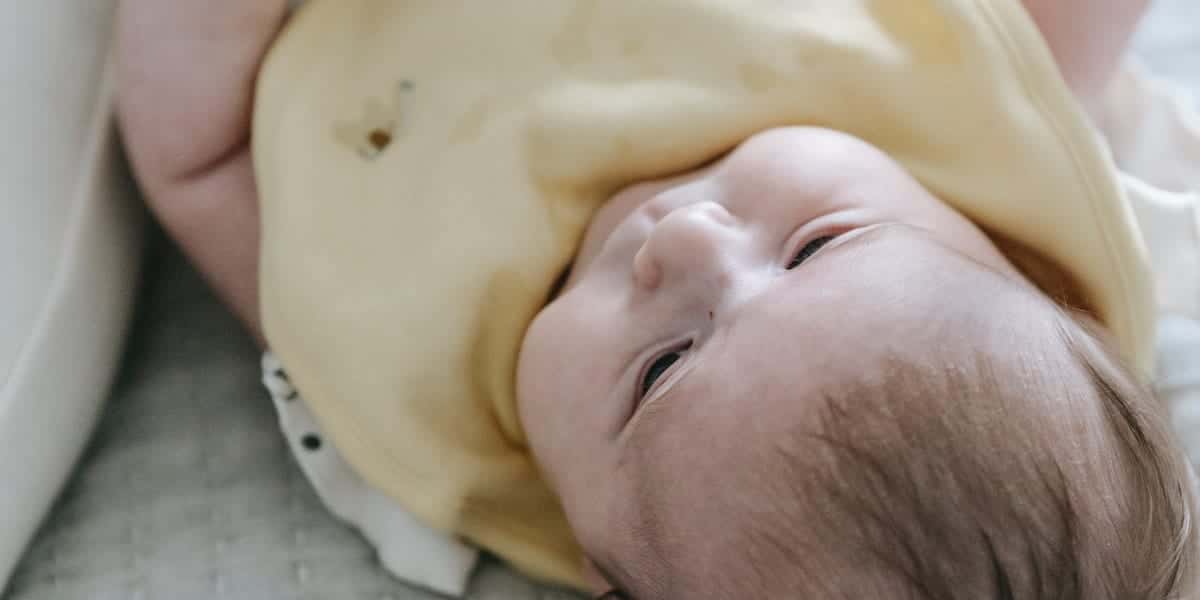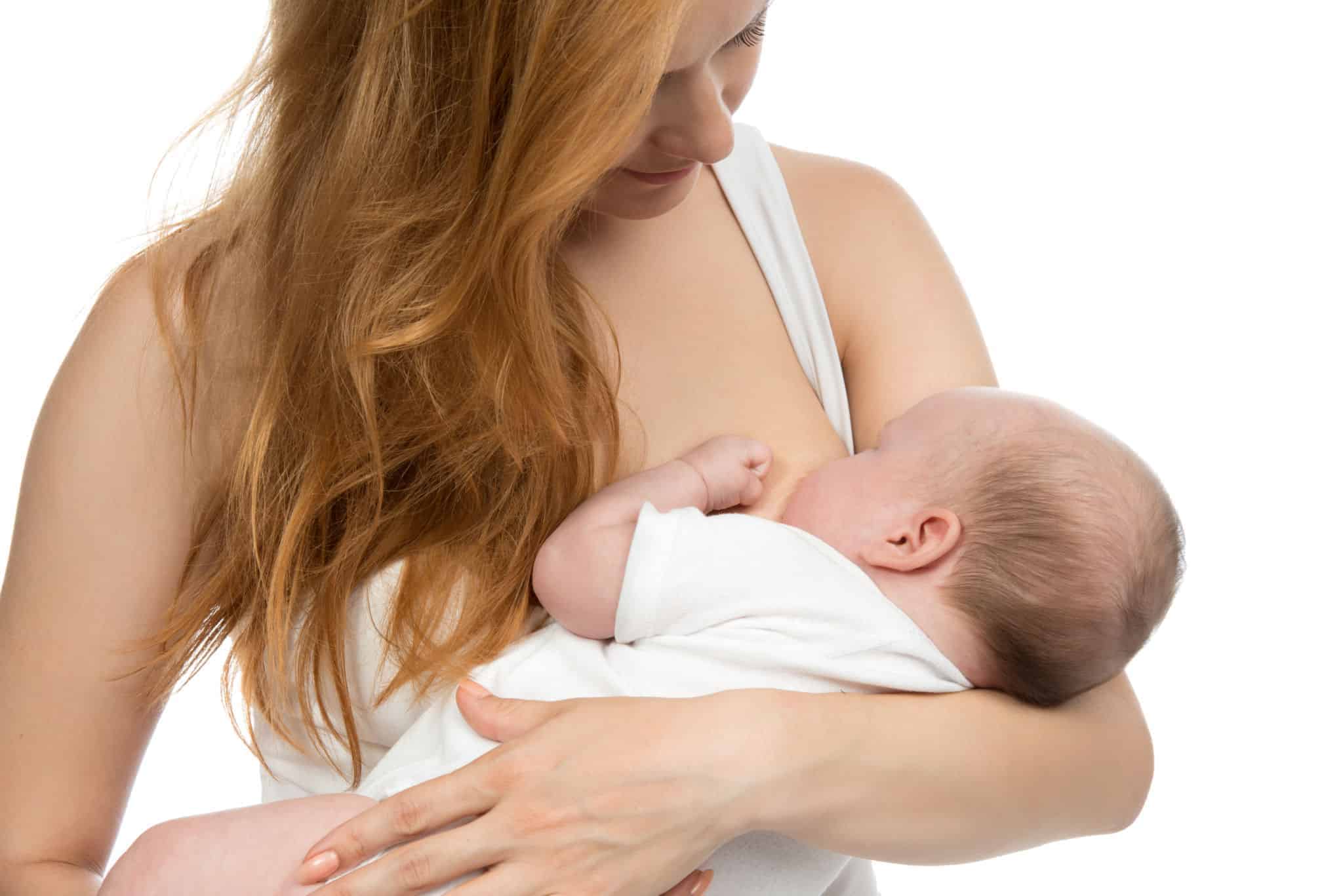Do babies have eyebrows when they are born? Why do some babies have much more visible eyebrows than others? Should I be concerned if my baby has no eyebrow hair?
Below we´ll take a look at why it is normal for babies to develop eyebrows at different times in their development and what factors might determine this…
As an Amazon Associate, I earn from qualifying purchases. The links below may be affiliate links. Please read my disclosure policy for more information.
Are all babies born with eyebrows?
Technically, yes. However there are a number of factors that can affect how visible your baby’s eyebrows are. The color, length and thickness of a baby’s eyebrows depend on whether they were born early or late, ethnicity, parents’ hair color and more.
How early do eyebrows actually start to develop?
Eyebrows actually begin to develop in pregnancy at around 22 weeks. This is the stage where hair follicles start to appear along the eyebrow area. However, actual visible eyebrow hair after birth can take up to 8-12 weeks to grow even just a few strands.
Usually, after this stage, babies will enter an intermediate growth phase where old hair might shed and new hair can come through and make eyebrows thicker and more visible. But as mentioned above, sometimes this can take up to one year to fully develop.
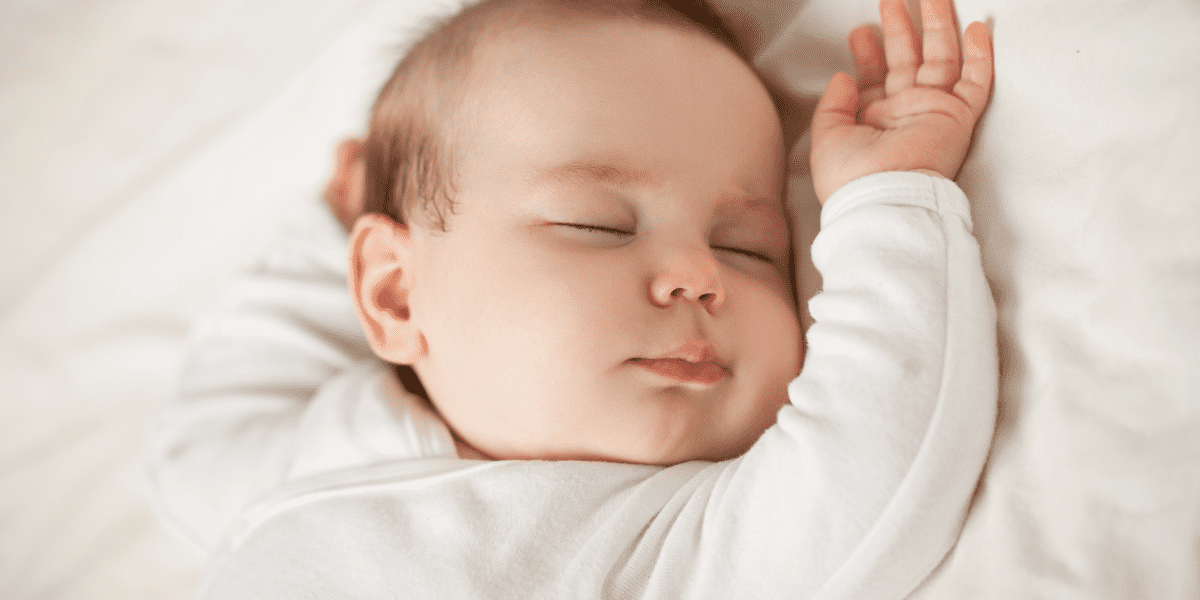
Babies with fair hair may have less visible brows
For example, a baby that is born early with blonde hair may have such thin and light coloured eyebrows that they look almost non existent, or perhaps have no hair there at all. But that’s ok!
As babies develop and grow in the first four months after birth, their hair will go through different growth phases where it will thicken, darken and become more pronounced.
Sometimes it can take as long as one year
In some babies, hair strands may take even longer than this to become visible, meaning that your baby’s eyebrows may not be pronounced until as late as one years old.
This does not mean your baby is growing or developing slower than usual, it just means that genetically, your baby’s eyebrow hair takes longer to grow. This is completely normal and may just take some patience.
Babies with dark hair may have more visible brows
On the flip side, you may have seen some babies with a thick head of dark hair and dark eyebrows from the minute they were born. This is also completely normal since the darkness and thickness of hair will give better visibility and shape to the eyebrow.
Whether your baby has dark or thick hair usually depends on the genetics of the parents.
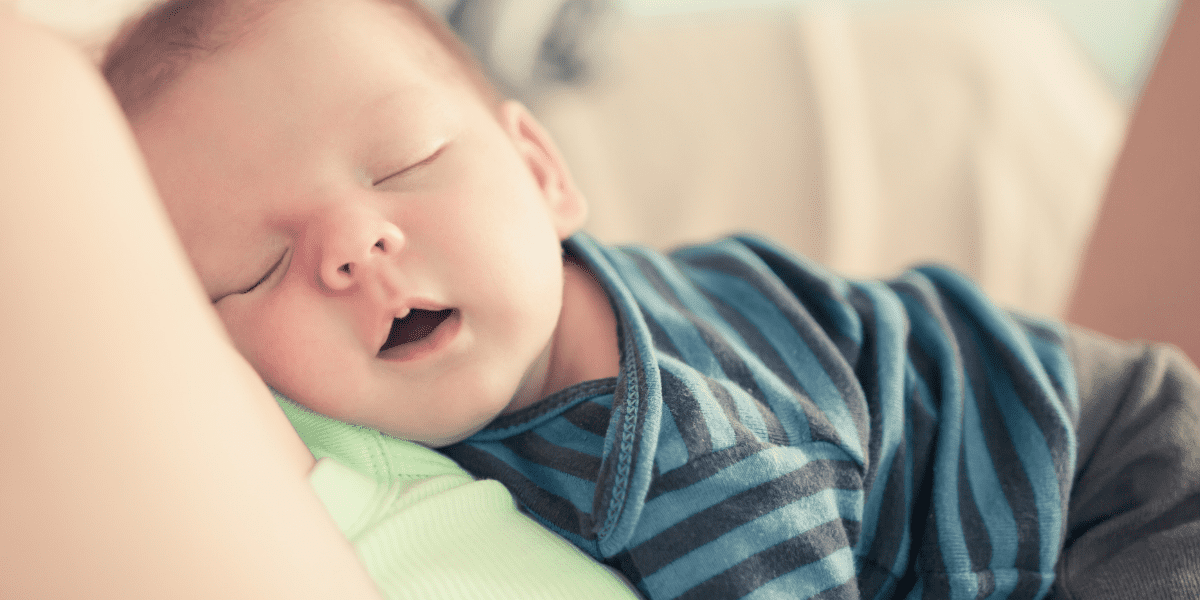
What other factors might determine the rate at which a baby’s eyebrow visibility can develop?
As mentioned above, not only will hair colour affect the visibility of eyebrows, but factors such as ethnicity, genetics and prematurity can all play a role in the shape, colour and visibility of your baby’s eyebrows.
Premature babies for example will need more time for hair growth, just as many babies born early will also take more time to reach other milestones. More often than not, babies born before the 35 week mark may not have eyebrows or eyelashes, however this is completely normal and this milestone will be reached in time.
It may also be as simple as looking at the parents’ eyebrows when determining why a baby may have visible or non visible brows. Genetics play a huge role not only in your baby’s facial features, but also their development.
If the mother or father of the baby has sparse eyebrows or big thick ones, this feature can be passed down just as easily as eye colour.
Why do some babies have eyebrows that look red?
Red eyebrows are very common in newborn babies and are often a good signal for when your baby is tired. Similar to when older babies and toddlers yawn or rub their eyes, redness around the brow area may indicate that it’s time for a nap or bedtime.
Eyebrow redness is not related to eyebrow growth or development, but of course it may affect the visibility of the brows when the area is very red.
If your baby’s eyebrows seem to be getting redder or the redness is spreading, consult with your doctor or paediatrician to check that your baby doesn’t have another issue such as eczema.
Can cradle cap stop eyebrows from growing and developing?
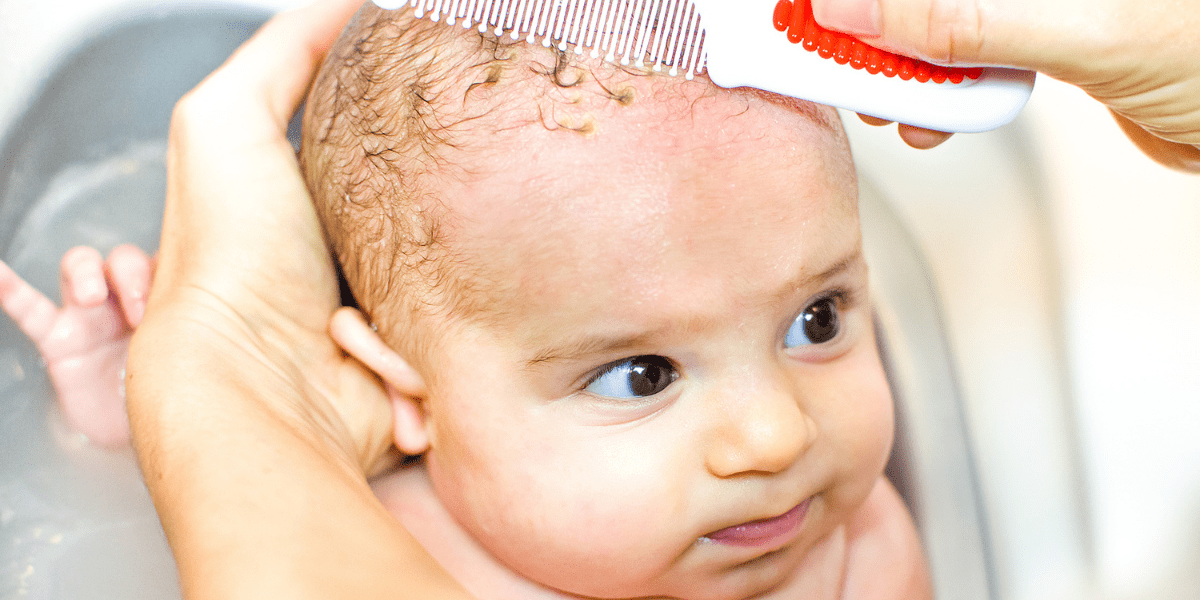
Cradle cap is incredibly common and affects 10% of babies. Often this will look slightly yellow in color and it presents itself as flaky or crusty skin around the eyebrow or head area.
Cradle cap is completely normal and will not prevent hair from forming around the eyebrow area, even if it does look flakey or scaly. As the skin begins to flake or crust off, some eyebrow hairs may be lost in the process, but this is nothing to worry about and these will grow back in time.
Cradle cap is not related to poor hygiene or developmental issues, so your baby’s eyebrows should continue to grow at their destined pace, cradle cap or not.
Please note, if the scales appear to be spreading from your baby’s scalp to their face or body, consult with your doctor who can check to make sure it’s not something else, like eczema, which may require different treatment.
Can you speed up the time it takes for a baby’s eyebrows to develop?
There are a few at-home natural methods that may help to promote eyebrow growth in babies, however these are not scientifically proven.
Let’s take a look at the most commonly cited methods of eyebrow growth. Of course, if you would like to try one of the below and notice any skin irritation on your baby, you should stop using that home remedy and consult with your paediatrician.
Coconut Oil
Coconut oil is possibly one of the most natural and safe ingredients that can be used on different types of skin to treat a number of different issues. To promote hair growth in the eyebrow region, gently massage a fingertip of coconut oil into the area once a day to see the best results.
Coconut oil can also be a great natural remedy from cradle cap, mentioned above.
Aloe vera
Another safe and organic home remedy is aloe vera, often used to promote hair growth and treat dryness. To use this method, take the pulp of an aloe vera leaf and massage gently onto your baby’s eyebrows and leave for around 30 minutes.
After this, gently remove with lukewarm water on a cotton wool pad.
Please note, many aloe vera products on the market also contain other potentially harmful ingredients, so the best idea is to buy just the aloe plant or leaf itself to ensure you are using 100% aloe vera.
Keeping your baby well fed and healthy
Of course, a well fed and healthy baby will have all the necessary nutrients to grow and develop as they should.
As long as your baby is eating regularly with all the nutrients it needs, it should reach development milestones in good time, including the growth and development of hair both on the head and on the eyebrows.
What about commercial products that promise quick growth?
It is strongly recommended to avoid commercial products on the market, even when they promise instant hair growth or claim to be natural products. With a vast array of different products, chemicals and additives on the market, it is safest to avoid these altogether, especially when it comes to a baby’s sensitive skin and the eye area.
The same logic goes for drawing on your baby’s eyebrows with cosmetic tools or makeup. Again, these may contain chemicals and ingredients that harm the delicate surface of your baby’s skin. No matter how funny the viral trends might be, we recommend avoiding this!
As mentioned, your baby will develop eyebrows in his or her own time and it is perfectly normal to see delayed eyebrow visibility, so we recommend saving your time and money on products that promise quick hair growth.
If you really want to speed up hair growth, opt for one of the natural home remedies above instead!
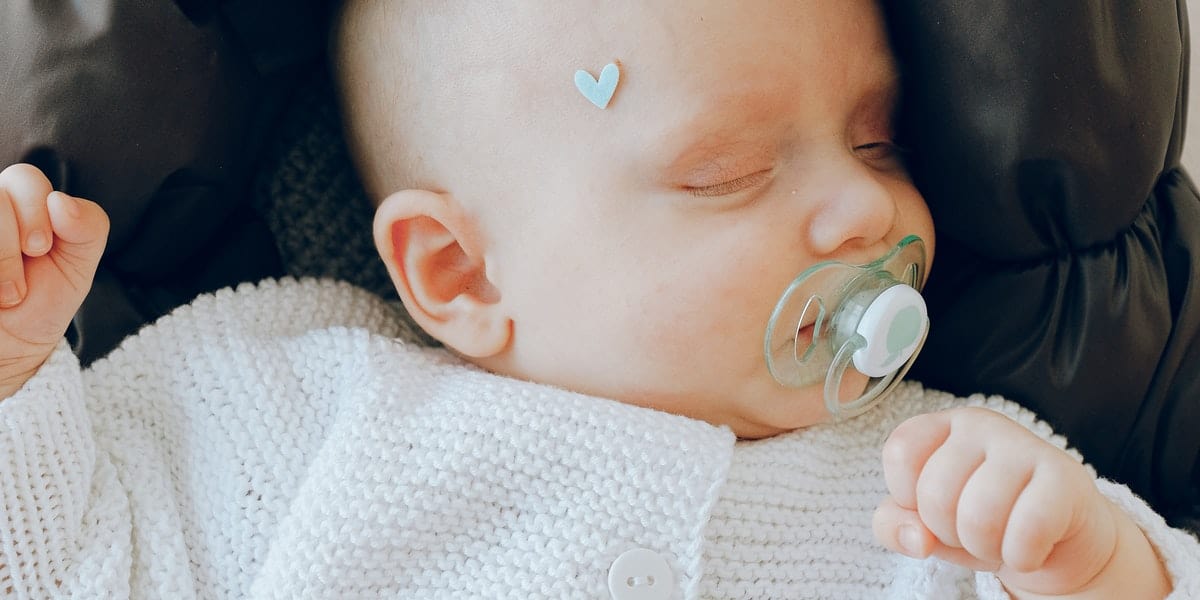
Conclusion
There’s really no need to worry if your baby has visible eyebrows or not in the first few months after birth. In fact, sometimes babies may only start to develop eyebrows in the first year of life and this is completely normal too!
All babies are completely different so try not to compare one baby to the next. Hair growth, colour, thickness and visibility is dependent on a number of genetic factors, so whether they´re bushy at birth or almost invisible, rest assured that your baby is developing just as they should be.
And if you really want to speed up the development of your baby’s eyebrows, then opt for one of the natural home remedies listed above and avoid store-bought products or cosmetics.
Of course, if you notice irritation or the worsening of certain symptoms such as redness, flakiness or hair loss… it is always best to consult with your doctor or paediatrician.





